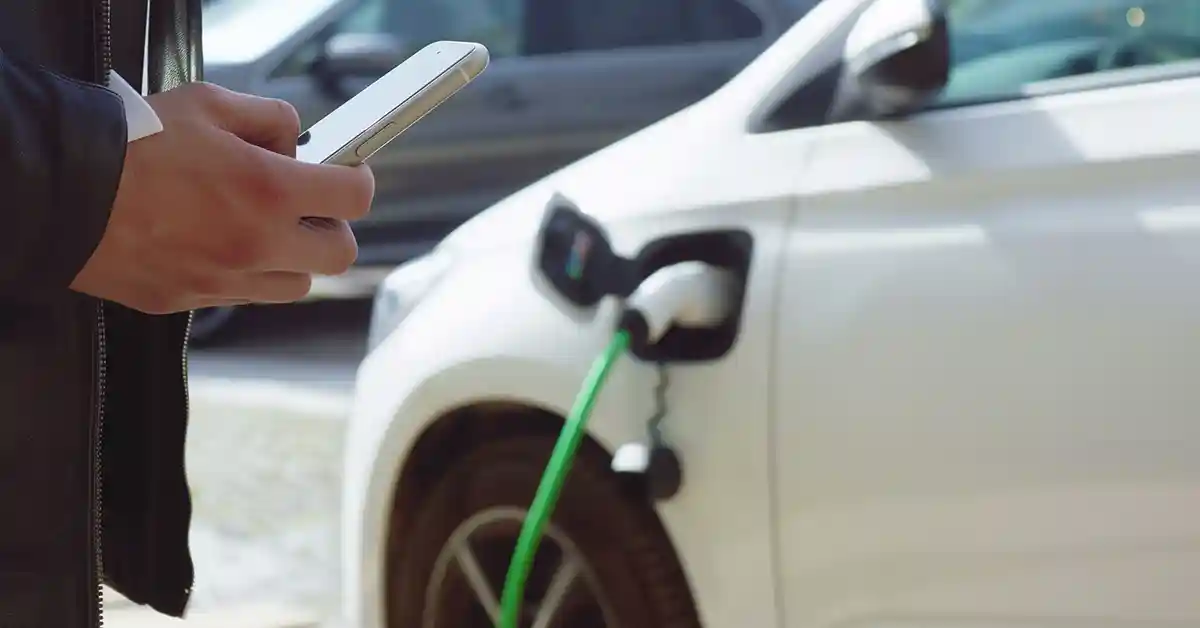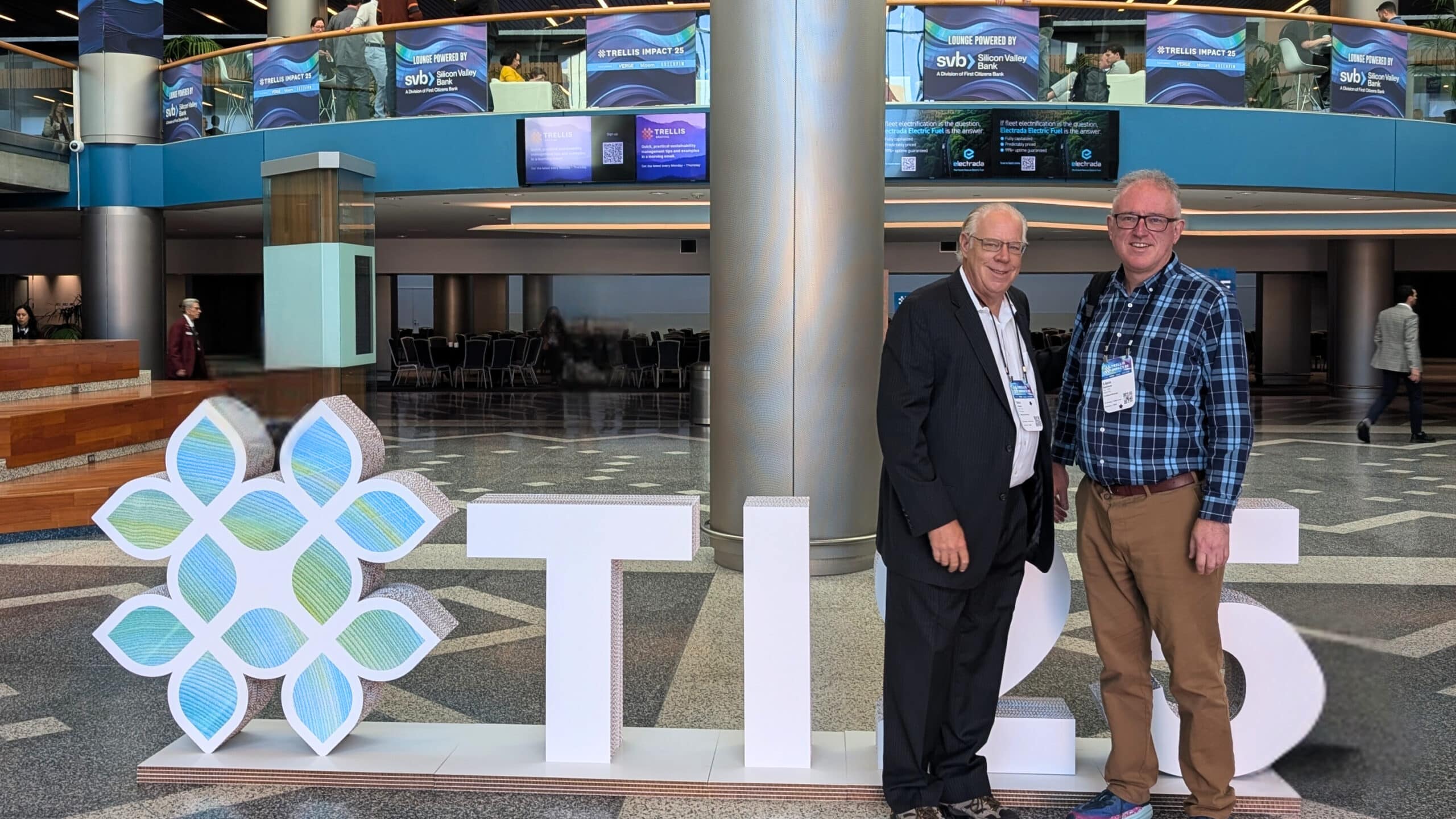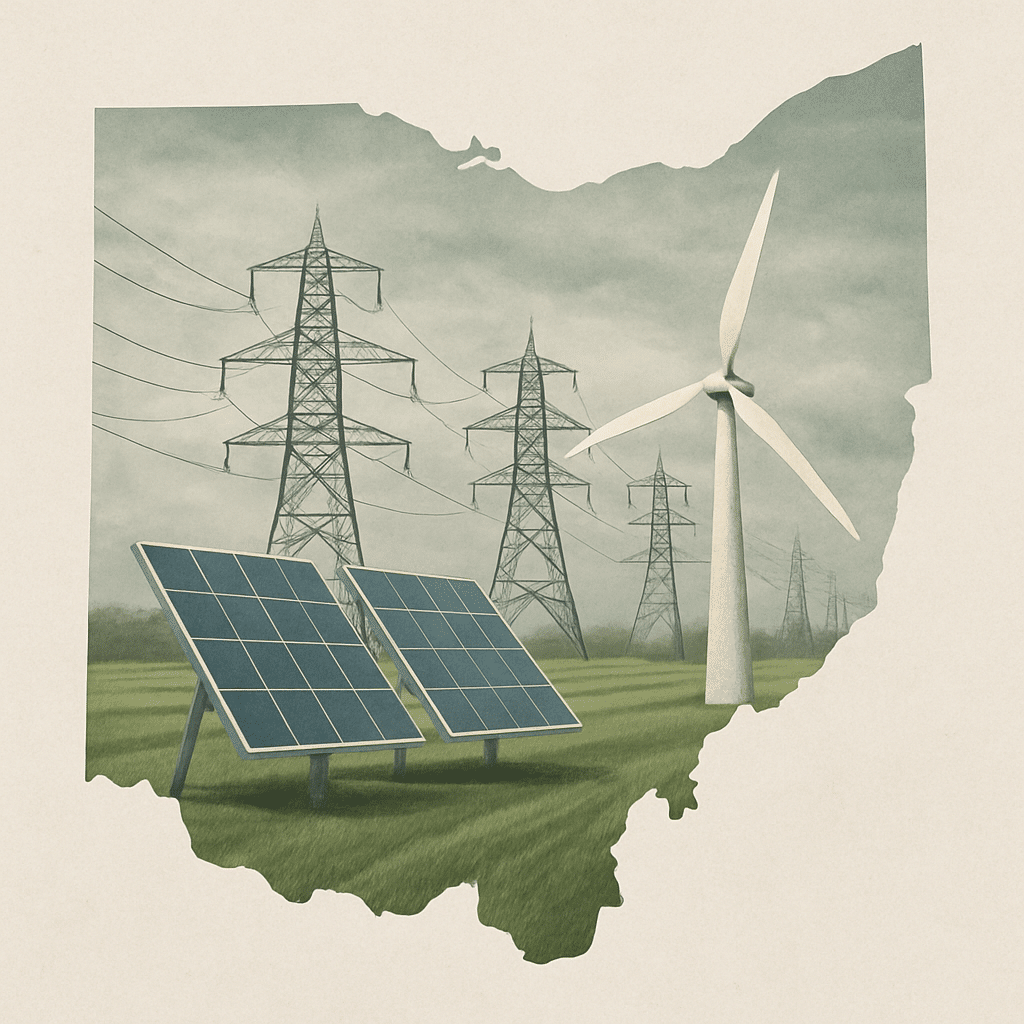I wish I could go back there again, and everything could be the same” – “Ticket to the Moon”, Electric Light Orchestra

A Quick Rewind
Well, I remember the 1980s very well and there are many reasons I'd like to go back there again, but one of the reasons I very much wouldn't is the video format wars between VHS and Betamax.
If you're too young to remember or too old to care (I'm in the middle) then this was the time when home videotaping and video rentals from high street stores really took off.
Unfortunately there were two competing standards for the size, shape, and technical requirements for video tapes. Again, if you're unfamiliar with this medium sized plastic container, think of an audio cassette, but bigger with bigger tape. Also, it wasn't so easy to rewind them with a pencil unless you tried very hard indeed - but let's not go into that.
VHS tapes were physically bigger and had longer play times whilst Betamax were physically smaller, had shorter playtimes but had technically better specifications in terms of picture quality.
Not to get too deeply into it, VHS won and Betamax faded into obsolescence first (they're both gone now, of course, or you'd remember all of this and I wouldn't have to remind you). But, the point being that during the period of their 'war of competition' consumers suffered from having to make a choice and as a consequence were then fully committed to one particular choice of tape. This, naturally, prevented the use of tapes of the other system.
Get to the Charging Point
Fast forward (pun intended) to the present and we have a similar situation with charging connectors at EV charging points - competing standards. The gut wrenching physical horror of not being able to use certain stations if you didn't have the right connector, or weren't carrying one of the heavy and expensive adapters around in your boot at the time.
Fortunately, with the adoption of the Combined Charging Standard (CCS) standard in the EU (for instance) this incompatibility was avoided and it looks like CHAdeMO is fast becoming the Betamax of connectors.
It took industry agreements, including Tesla's adoption, to make this happen.
Well, at least that's the hardware sorted as right now the current war of compatibility is the one between the EV charging stations themselves and their software accessibility.
A Pocket Full of Apps
Stations often belong to different companies and as a result enforce a wide range of payment facilities which themselves commonly rely on proprietary and incompatible mobile applications and workflows.
As a result, when rolling up to charge your EV it's becoming something of a dextrous game of card shuffling in having a folder full of different charging apps to choose from.
Simple for the technically minded, but not for everyone.
And your target market is literally 'everyone' in the end.
Aside from this, some apps require the buying of credit, in-app, in advance of charging whilst others bill your payment instrument immediately, whist others bundle up costs to the end of some arbitrary period - not ideal. Fragments of pre-paid credit end up littering apps, others randomly arrive on your bank cards, and it's an unnecessary exercise in complexity to keep up.
Having a range of apps likes this, for a range of different company's chargers, also results in difficultly in getting in touch with the right person at customer support when something goes wrong. For example, when a charger isn't working, when it resets half-way through a charge, when your proprietary app doesn't connect properly or simply crashes on launch, or the simple fact that you even may have to make a phone call at the EV charge point just to get things rolling. I've seen them all.
Can you imagine how bad it would be if this happened at a petrol station?
EV charging should be frictionless, and the setup procedure for charging as quick and easy as possible, with payment being the same.
One other issue that I also have to mention are the wildly varying prices between charge companies - often on a tier based system or relying on joining their particularly monthly program for a small fee in order to get a smaller cost per kWh through a kind of loyalty program.
As mentioned previously, how many monthly direct debits or regular in-app payments can one person handle in order to get the best deal with using the public charging infrastructure?
I've even seen reports in the media where in some instances due to effectively what is surge pricing along with high charge rate (high kW delivery) that it's literally cheaper to fill up with diesel than it is with electricity. That, plainly, is both ridiculous and hardly likely to encourage a potential EV owner to switch over from their ICE vehicle, is it?
Standards
What needs to happen to the EV Charging Station providers is what happened to the physical EV Charging connectors - proper compatible and simple standards.
Ideally I'd like to roll up to any EV Charging Facility, plug in, tap my debit card or smart phone and just get on with charging.
We have the necessary smarts in terms of software to make this happen, so why isn't it happening? It would lower the barrier to entry, reduce the complexity of the EV Charging process (which puts a lot of people off), and a higher number of EV users is good for charging companies, electricity providers, and the planet.
Make it so.
And if you need help, come to us software engineers to help you. There's a box right here to contact us --->>









